Interior design is the art and science of enhancing the interior of a space to achieve a more aesthetically pleasing and functional environment. It involves not just selecting furniture, color schemes, and decor, but also considering the layout, lighting, and the overall feeling the space evokes. Here are some key elements to consider in interior design:
1. Space Planning
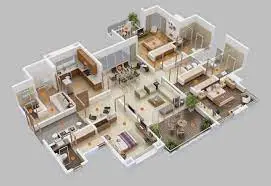
– Layout: The way furniture and objects are arranged in a room can significantly impact flow and functionality.
– Zoning: Dividing areas within a space to serve different functions, especially in open-plan homes or offices.
2. Color Scheme
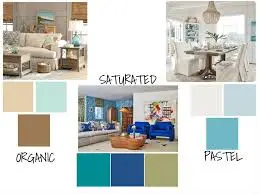
– Warm vs. Cool Colors: Warm colors (reds, oranges, yellows) evoke warmth and energy, while cool colors (blues, greens) create calm and tranquility.
– Monochromatic, Analogous, Complementary: Different schemes influence how cohesive or contrasting a space feels.
3. Furniture
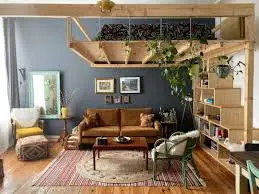
– Style and Comfort: Balancing aesthetic styles like modern, traditional, or eclectic with functionality and comfort.
– Proportions: Choosing the right size of furniture for the scale of the room is essential to avoid overcrowding or making the space feel empty.
4. Lighting
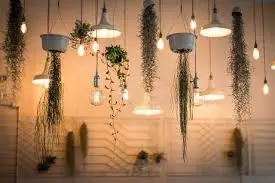
– Natural Light: Maximizing daylight can make spaces feel larger and more welcoming.
– Ambient, Task, Accent Lighting: A layered approach to lighting adds dimension and mood to a space.
5. Textures and Materials

– Mixing materials (wood, glass, metal, fabrics) can add depth to a room.
– Textiles like rugs, cushions, and curtains bring softness and warmth.
6. Patterns and Decor
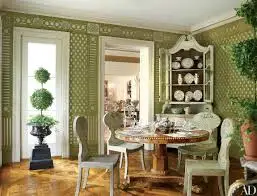
– Patterns can add visual interest, whether in wallpaper, textiles, or art.
– Personal touches like artwork, photographs, and decorative items complete the design, adding character to the space.
7. Focal Points
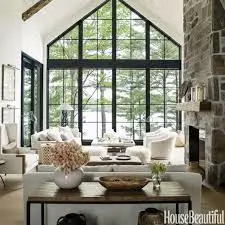
– A focal point draws attention and anchors the design, such as a statement piece of furniture, a bold artwork, or an architectural element like a fireplace.
8. Balance and Harmony
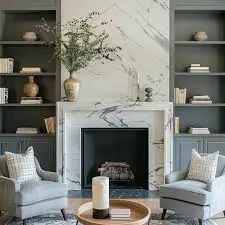
– Symmetry vs. Asymmetry: Balanced designs are visually harmonious, while asymmetry adds interest and surprise.
– Proportion and Scale: Ensuring elements in the space relate to each other properly in size.
9. Sustainability
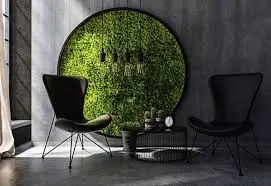
– Eco-friendly design focuses on using sustainable materials, energy-efficient lighting, and furniture made from renewable sources.
Design Styles to Consider:
– Minimalist: Simple, clean lines with a focus on space and light.
– Modern: Sleek, often with industrial elements, metal, and glass.
– Scandinavian: Cozy, with an emphasis on functionality, light woods, and natural fabrics.
– Bohemian: Eclectic, colorful, with a mix of patterns, textures, and cultural influences.
– Mid-Century Modern: Inspired by the 1950s-60s, with organic shapes and materials like wood and leather.
What kind of space are you working on, or what design style interests you?
0 Comments